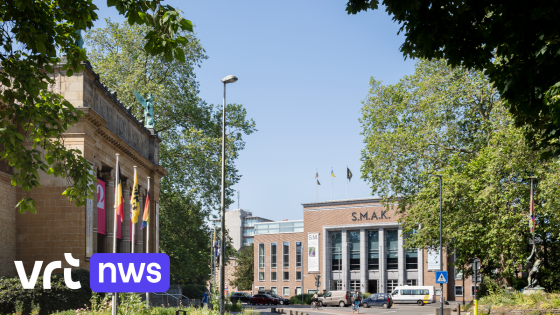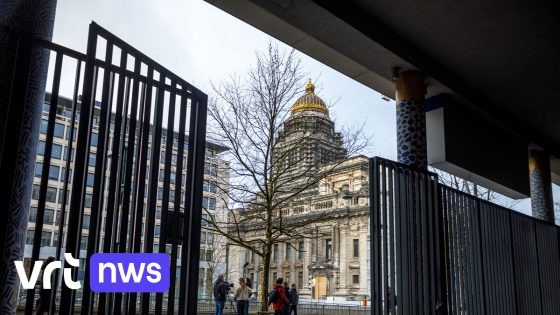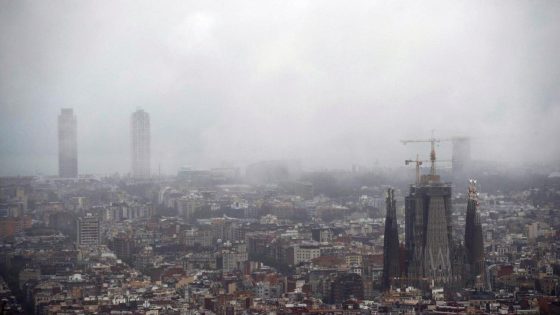Barcelona is set to expand its cycling infrastructure significantly over the next two years. The city plans to add 12.4 kilometers of new bike lanes and relocate 9.4 kilometers of existing lanes from sidewalks to the roadway. With these changes, will Barcelona become a more bike-friendly city?
- Barcelona to gain 12.4 km of bike lanes.
- Montjuïc bike route planned for 2027.
- No bike lane for Plaça de Catalunya.
- Existing bike lanes to be improved.
- New bike lanes include Carrer de Badajoz.
- Future projects on hold for prioritization.
As of now, the city boasts 268 kilometers of bike lanes, a remarkable increase from 116 kilometers in 2014. The ambitious plans aim to enhance connectivity and promote cycling as a sustainable mode of transport.
Barcelona’s Cycling Expansion: What’s Coming by 2027?
What does the future hold for cycling in Barcelona? The city is committed to enhancing its cycling network, making it easier and safer for residents and tourists alike. New bike lanes will connect key areas, promoting a healthier lifestyle and reducing traffic congestion.
Key Projects in Barcelona’s Cycling Infrastructure Plan
Several exciting projects are on the horizon for Barcelona’s cycling network. These initiatives aim to enhance connectivity and safety for cyclists throughout the city. Here are some highlights:
- Montjuïc Bike Lane: A 6.6 km route connecting major attractions, set to launch in early 2027.
- Badajoz Street: A new 1.6 km bike lane will connect with existing routes, enhancing accessibility.
- Diagonal Avenue: Relocating a 4.6 km bike lane to the roadway for improved safety.
- Marina Street: Upgrading 450 meters of bike lane to ensure a smoother ride.
Benefits of Improved Cycling Infrastructure in Barcelona
Why is expanding bike lanes important? Improved cycling infrastructure can lead to numerous benefits for the city and its residents. Enhanced bike lanes encourage more people to cycle, reducing traffic congestion and lowering carbon emissions. Additionally, cycling promotes physical health and well-being.
Challenges Ahead for Barcelona’s Cycling Plans
While the plans are ambitious, challenges remain. One significant project, the bike lane at Plaça de Catalunya, has been postponed. The city aims to prioritize the renovation of La Rambla before proceeding with this crucial connection. How will this impact the overall cycling network?
Conclusion: A Greener Future for Barcelona
Barcelona’s commitment to expanding its cycling infrastructure is a step towards a greener, more sustainable future. With new bike lanes and improved safety measures, the city hopes to encourage more residents to choose cycling as their primary mode of transport. Will these changes inspire other cities to follow suit?































